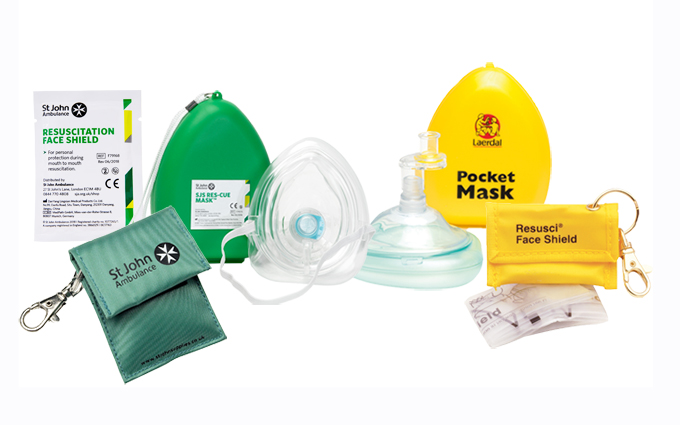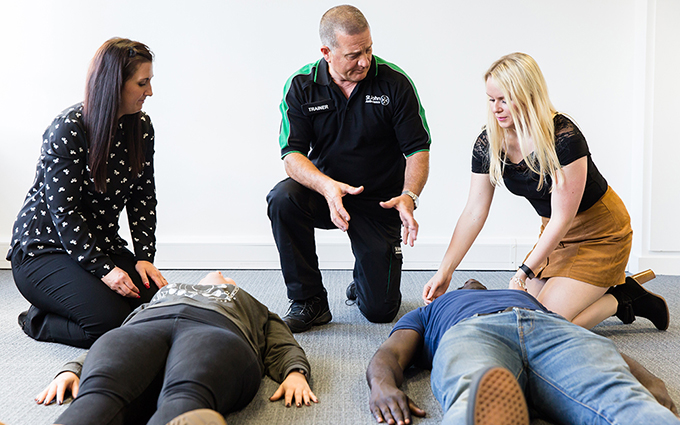If someone is having an asthma attack:
- Reassure them, help them to use their reliever inhaler.
- If no inhaler call 999/112.
- Ask them to breathe slowly and deeply.
- Sit them down.
- If the attack does not ease, advise one to two puffs every two minutes for up to 10 puffs.
- If they still don’t improve call 999 or 112.
- Monitor breathing and level of response.
- If unresponsive, prepare to give CPR.







